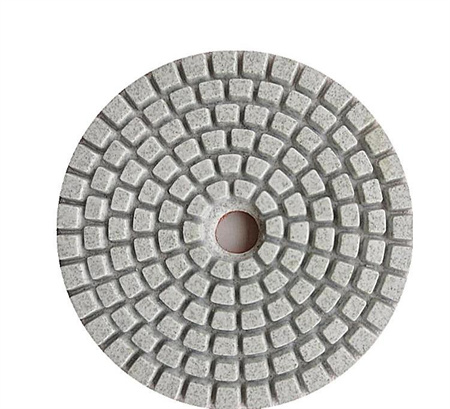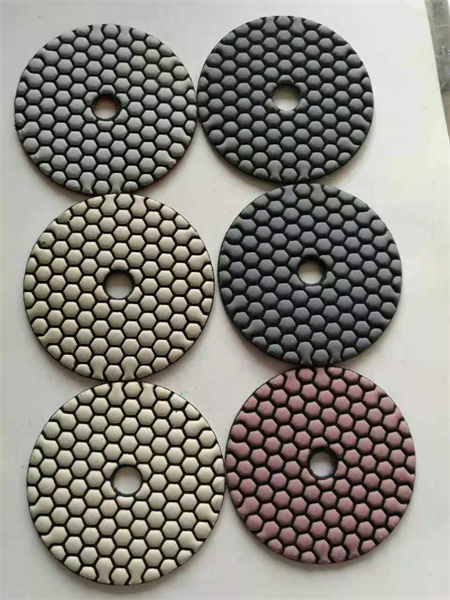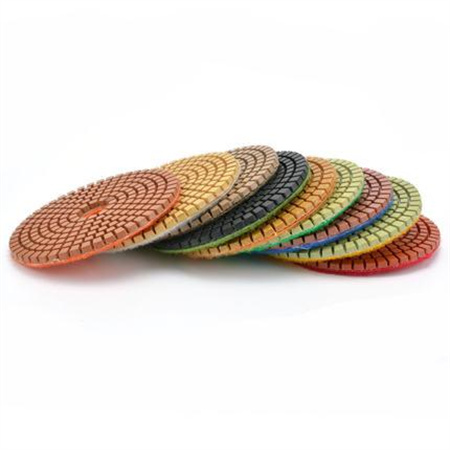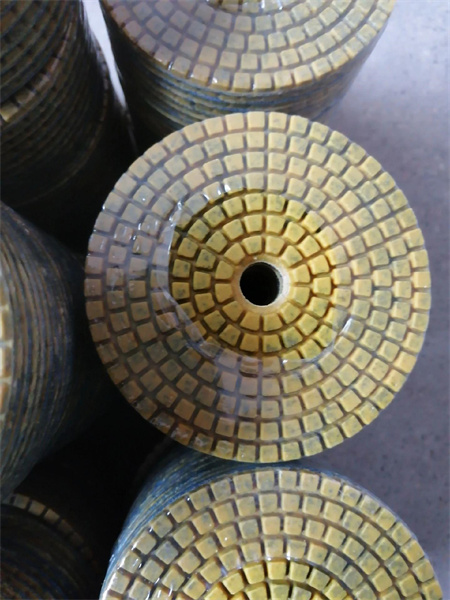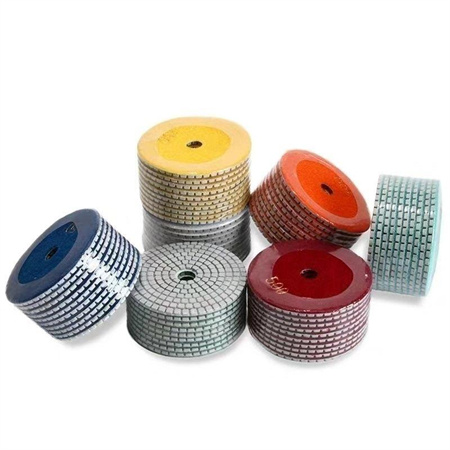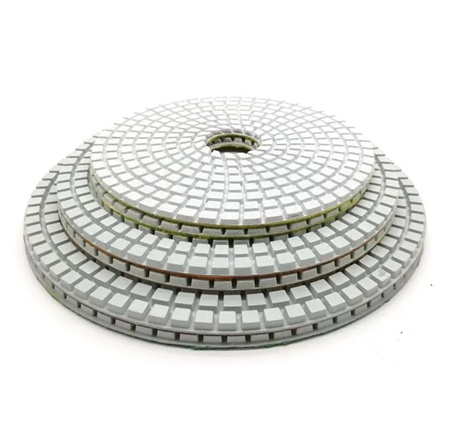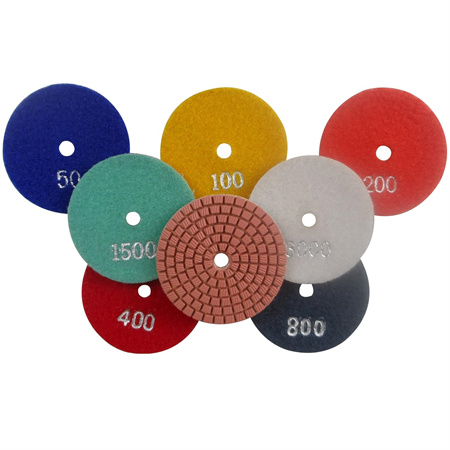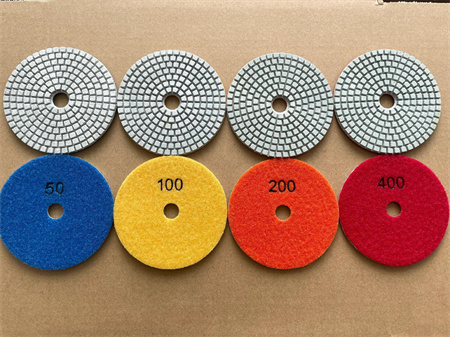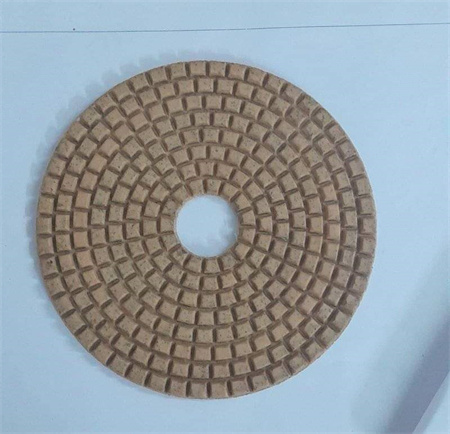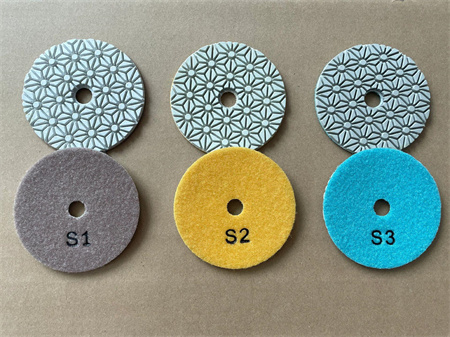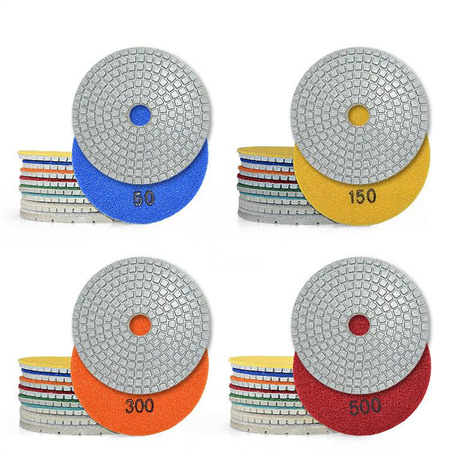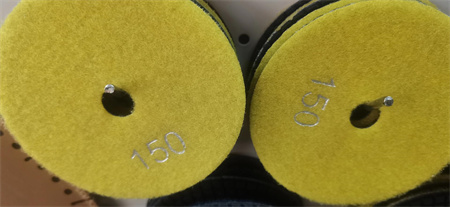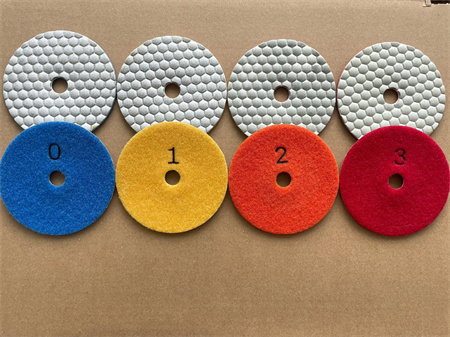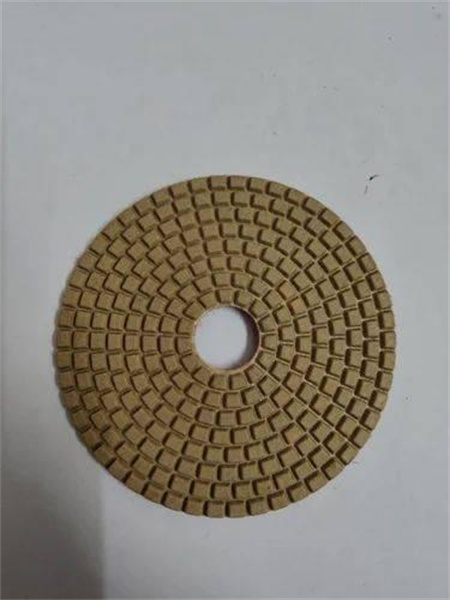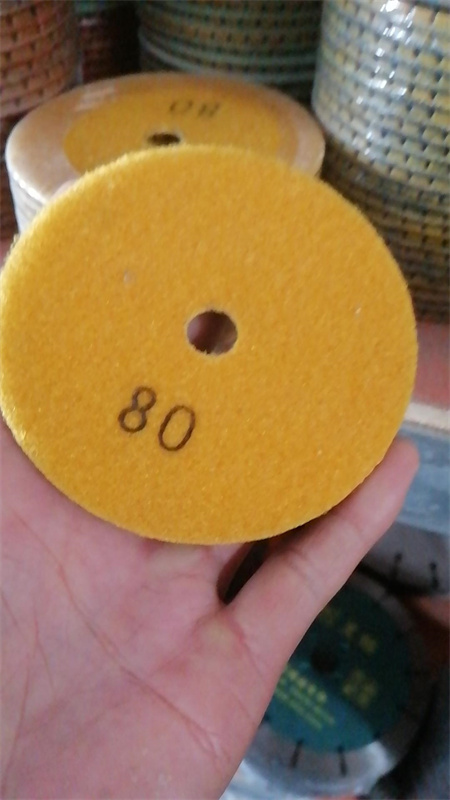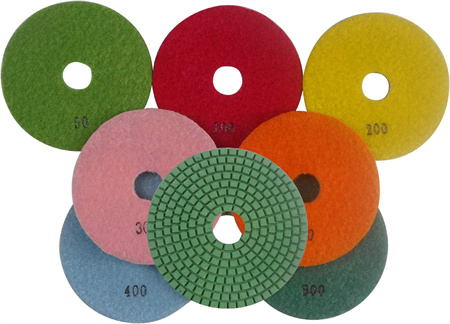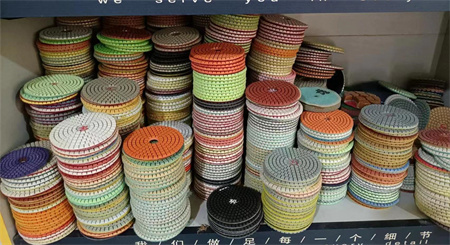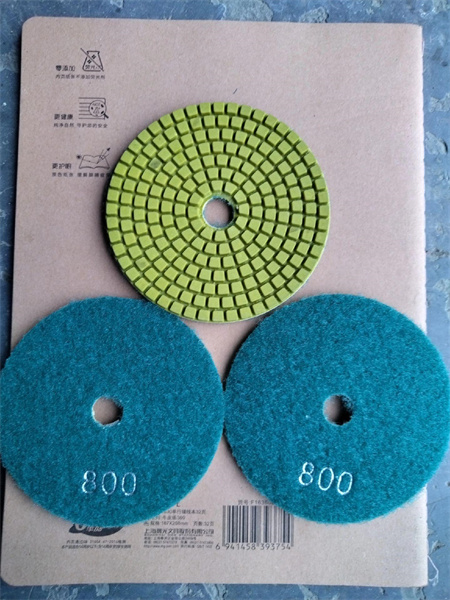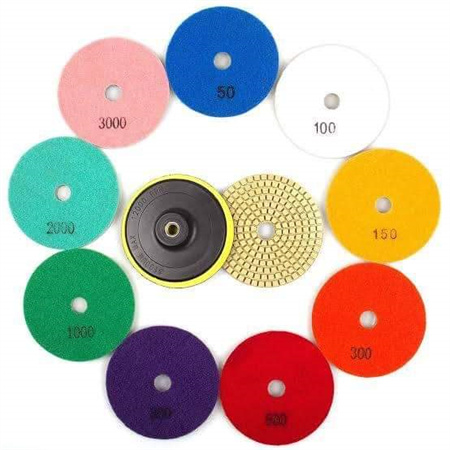Marble Polishing Pad Exporter from China Direct
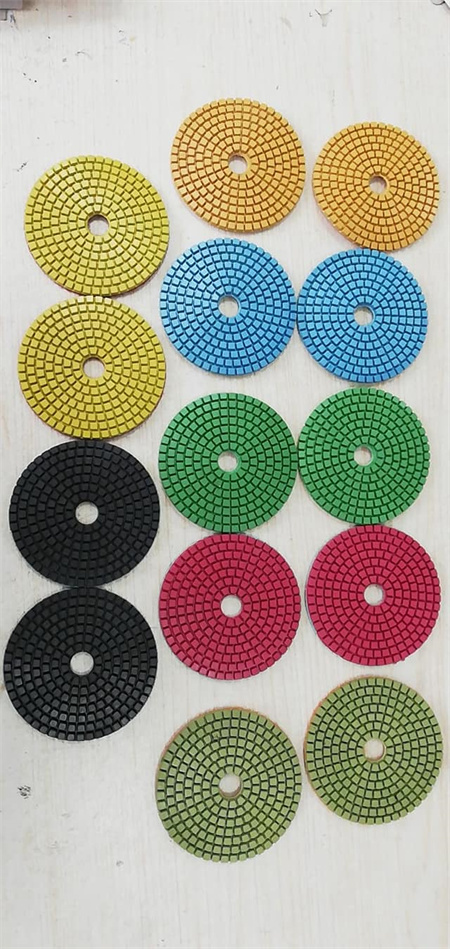
If you’re in the marble industry or involved in the stone polishing business, you’ve likely heard of the importance of using high-quality polishing pads. When it comes to sourcing these essential tools, China stands out as a global leader in manufacturing and exporting marble polishing pads. The direct export from China offers a unique blend of superior quality, competitive pricing, and excellent customer service.
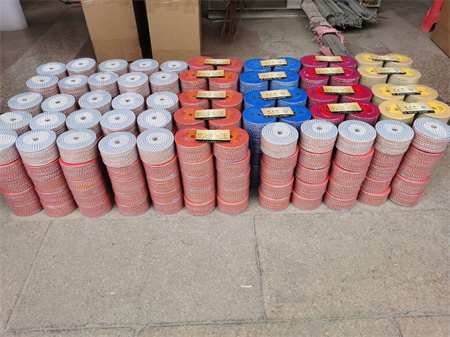
Chinese marble polishing pads are crafted using advanced technology and high-performance materials. These pads are designed for efficiency, durability, and long-lasting results. Whether you’re working with marble floors, countertops, or sculptures, using the right polishing pad can significantly impact the quality of your work. With a range of grits available, from coarse to fine, these pads can cater to various stages of the polishing process, ensuring a flawless finish every time.
The benefit of choosing a direct exporter from China is the access to a broad selection of products at factory-direct prices. This not only lowers costs but also ensures you’re getting the most up-to-date and innovative solutions available in the market. As a result, you can maintain a competitive edge in your business while also offering your clients top-notch services.
Beyond just quality, these Chinese exporters pride themselves on offering fast and reliable shipping. With well-established logistics networks, delivery times are generally swift, even for bulk orders. Whether you’re a small business or a large corporation, sourcing directly from China ensures that you receive your products on time, every time.
One key feature that sets Chinese marble polishing pads apart from others is their versatility. They are compatible with a wide range of polishing machines, which makes them ideal for both professional and DIY use. Whether you’re polishing marble in a commercial setting or undertaking home renovation projects, these pads provide an outstanding finish without requiring specialized equipment.
Moreover, many Chinese manufacturers provide personalized customer service, working closely with clients to meet specific needs. From custom sizes and packaging to tailored recommendations based on the type of marble being worked on, exporters are keen to help you find the perfect solution for your project.
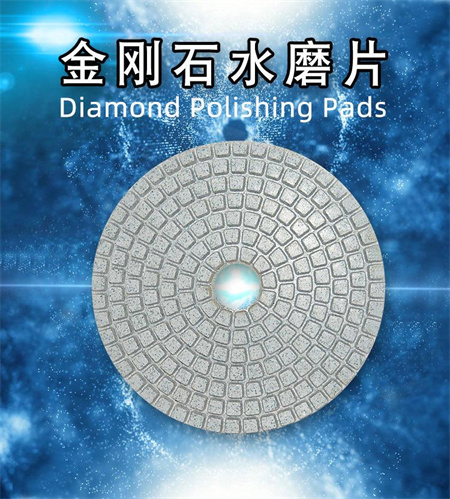
In conclusion, sourcing marble polishing pads directly from China presents a fantastic opportunity to acquire high-quality products at a fraction of the cost. Whether you’re looking for consistency, efficiency, or the ability to deliver polished marble with a perfect finish, China’s direct exporters offer the right tools to elevate your business. So, if you’re ready to take your marble polishing to the next level, looking towards a direct supplier from China could be your best move yet.
